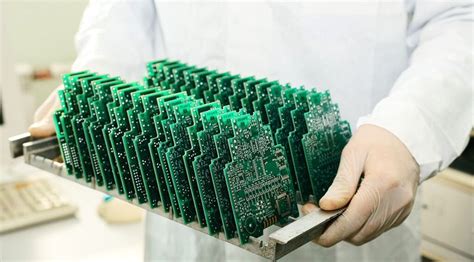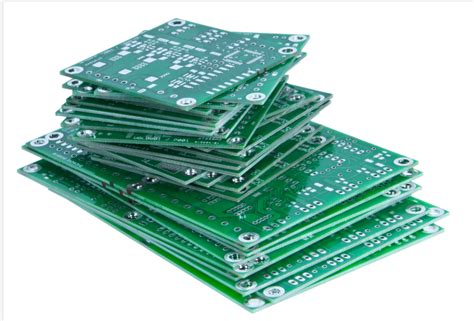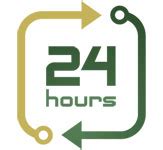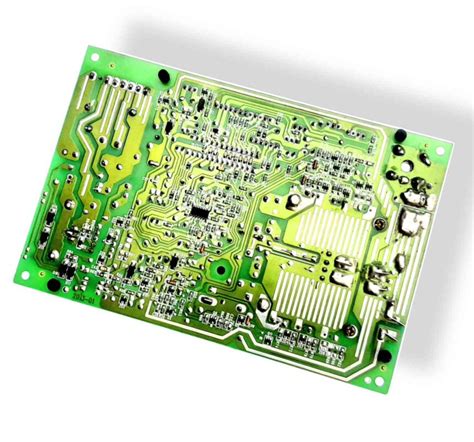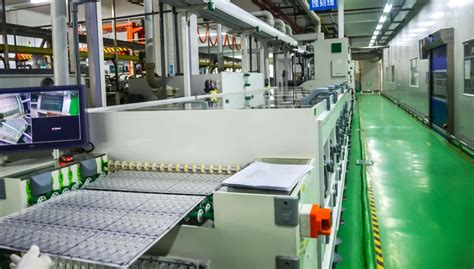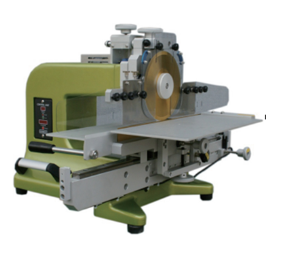Instant PCB Fabrication Quotes: Online Cost Calculator
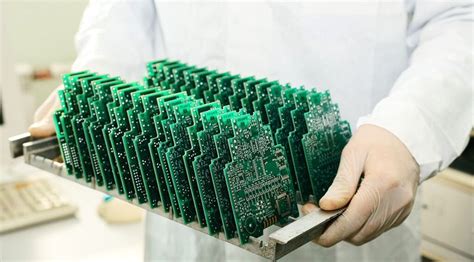
Key Takeaways
When exploring PCB manufacturing options, understanding how online quoting systems work can save you time and resources. Modern platforms allow you to input design specifications—such as board dimensions, layer count, and material type—to receive real-time estimates for PCB manufacturing cost. This eliminates guesswork, especially when comparing PCB manufacturing companies for projects involving specialized materials like HDI layouts or thick copper boards.
A typical cost breakdown might include:
| Factor | Impact on Cost |
|---|---|
| Material (FR4 vs. Halogen-Free) | ±15-30% |
| Layer Count | +8-12% per layer |
| Lead Time (Standard vs. Expedited) | ±20-40% |
Additionally, PCB manufacturing business models increasingly prioritize transparency, showing how factors like surface finish or impedance control affect pricing. Pro tip: Use calculators that let you adjust variables dynamically—this helps balance budget constraints with technical requirements. For deeper insights into optimizing your orders, explore advanced quoting tools that integrate design-for-manufacturing (DFM) feedback.
This transparency extends to lead times, where instant quotes reveal whether expedited services align with your project timeline. By understanding these elements upfront, you avoid delays and ensure smoother transitions from prototyping to full-scale production.
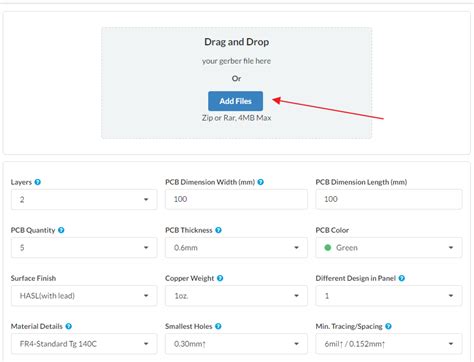
How PCB Online Quotes Work
When requesting an PCB manufacturing quote online, you start by entering your project specifications into a digital platform. Most PCB manufacturing companies use automated systems that analyze design files (Gerber, BOM, drill files) and cross-reference parameters like layer count, material type, board dimensions, and surface finish. Advanced algorithms instantly calculate PCB manufacturing cost based on real-time supplier pricing, production capacity, and material availability.
The system evaluates factors such as copper weight, solder mask color, and via spacing, then generates a breakdown of base fees, tooling charges, and volume discounts. For specialized requirements—like HDI layouts or thick copper boards—the quote engine adjusts pricing dynamically, accounting for additional processing steps. You’ll often see options to toggle order quantities, with per-unit costs decreasing as volumes rise—a critical feature for optimizing PCB manufacturing business budgets.
Transparency is key: reputable platforms display lead times alongside costs, showing how expedited shipping or panelization choices affect delivery schedules. After reviewing the quote, you can adjust parameters in real time, compare scenarios, or request engineering feedback—all without manual back-and-forth. This streamlined approach eliminates guesswork, letting you make data-driven decisions faster.
Real-Time PCB Pricing Breakdown
When requesting PCB manufacturing quotes online, you’ll notice pricing updates dynamically based on design specifications. Modern platforms analyze factors like board dimensions, layer count, and material type to provide accurate PCB manufacturing cost estimates within seconds. For example, doubling the layer count from 2 to 4 typically increases costs by 60-80%, while opting for halogen-free substrates might add 15-20% to the base price.
Tip: Always verify if your chosen PCB manufacturing companies include tooling fees or minimum order charges in their instant quotes—these hidden costs can impact budget planning.
The PCB manufacturing business relies heavily on automated pricing engines that factor in real-time material costs and production capacity. You’ll see clear breakdowns for:
- Core materials (FR4, Rogers, or metal-core)
- Copper weight adjustments (1oz vs. 2oz)
- Surface finishes (HASL, ENIG, or immersion silver)
Transitioning between design iterations? Refresh the quote tool after adjusting parameters like aperture tolerances or silkscreen requirements to maintain alignment with your project’s financial scope. This transparency helps you compare suppliers objectively while avoiding surprises during order confirmation.
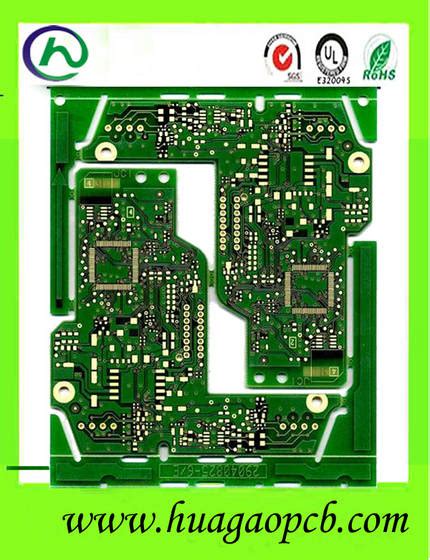
PCB Cost Factors Explained
When requesting PCB manufacturing quotes, understanding cost drivers helps you make informed budgeting decisions. The primary variables include material selection, board complexity, and production volume. PCB manufacturing companies typically charge more for specialized substrates like high-frequency laminates or halogen-free materials, as these require stricter process controls.
Layer count directly impacts PCB manufacturing cost—each additional layer increases material usage and lamination steps. Features like HDI microvias or thick copper traces (above 3 oz) often necessitate advanced equipment, raising labor expenses. Board size also plays a role: panel utilization efficiency determines how many units fit into a single production batch, affecting per-unit pricing.
Lead time is another critical factor. Expedited orders (e.g., 24-hour turnaround) may incur premium fees due to prioritized scheduling. For PCB manufacturing business clients, balancing speed and cost becomes essential—standard lead times (5–10 days) often provide the best value.
Finally, surface finishes like ENIG or gold plating add cost but enhance durability, while certifications (UL, ISO) ensure quality compliance. By evaluating these elements systematically, you can optimize designs for both performance and affordability when using online quote tools.
Instant Lead Time Estimation
When planning your PCB manufacturing project, understanding production timelines is as crucial as managing PCB manufacturing cost. Modern online quoting systems now provide real-time lead time calculations by analyzing design complexity, material availability, and current capacity at partnered PCB manufacturing companies. These tools automatically factor in variables like layer count, surface finish requirements, and special processes—giving you accurate turnaround estimates within seconds.
For instance, a 4-layer FR4 board with standard specs might show a 5-day lead time, while HDI designs requiring laser drilling could extend to 10-12 business days. Reputable PCB manufacturing business platforms often display dynamic scheduling updates, reflecting actual shop-floor capacity rather than generic estimates. You’ll see how expedited shipping options or batch splitting affects both timelines and PCB manufacturing cost—enabling smarter trade-offs between speed and budget.
Advanced systems even flag potential bottlenecks, such as copper weight changes impacting material procurement delays. This transparency helps align your expectations with production realities, ensuring smoother project coordination across prototyping and full-scale runs.
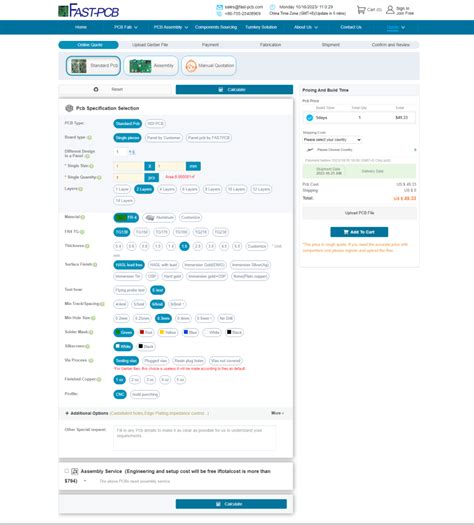
PCB Order Confirmation Steps
After reviewing your PCB manufacturing quote and finalizing design specifications, the order confirmation process ensures alignment between your requirements and the manufacturer’s capabilities. First, verify the PCB manufacturing cost breakdown, including material selection, layer count, and surface finish details. Most PCB manufacturing companies provide automated systems to cross-check design files against their production parameters, flagging potential issues like spacing violations or impedance mismatches.
Next, confirm lead times and shipping options. Advanced platforms allow you to adjust order quantities or material grades (e.g., switching from standard FR4 to halogen-free laminates) while updating pricing in real time. Before authorizing payment, double-check certifications like ISO or UL listings if required for your PCB manufacturing business applications.
Upon submission, you’ll typically receive a digital work order summarizing technical specs, compliance details, and a production timeline. Reputable suppliers often include a real-time tracking portal for monitoring fabrication stages—from panelization to electrical testing. For complex orders, expect a follow-up from engineering teams to validate thermal management or high-speed signal requirements. This structured approach minimizes errors and accelerates the transition from quote approval to physical board production.
Comparing PCB Material Options
When selecting materials for your PCB manufacturing project, understanding the performance-cost balance is crucial. PCB manufacturing companies typically offer FR4 as the standard substrate due to its cost-effectiveness and reliability for most applications. However, if you require higher thermal stability or signal integrity, consider alternatives like polyimide (for flex circuits) or Rogers materials (for high-frequency designs).
Thick copper PCBs (3 oz+), often used in power electronics, increase PCB manufacturing cost by 15-30% due to specialized etching processes. Conversely, HDI (High-Density Interconnect) boards optimize space but demand precise laser drilling, which impacts both pricing and lead times. For eco-conscious projects, halogen-free laminates meet RoHS compliance but may reduce thermal resistance marginally.
Your choice directly affects durability, signal loss, and heat dissipation—factors that influence long-term reliability in a competitive PCB manufacturing business. Reputable suppliers provide material datasheets and application guides to help you weigh trade-offs. Always cross-reference your design requirements with real-time quotes, as some platforms adjust pricing dynamically based on material availability and layer complexity.
Streamlining PCB Order Processes
Modern PCB manufacturing workflows have transformed how you interact with fabrication partners, particularly when obtaining quotes and placing orders. Leading PCB manufacturing companies now integrate automated systems that dramatically reduce manual steps—uploading design files triggers instant analysis of layer counts, material requirements, and tolerances. By eliminating back-and-forth emails, these platforms let you adjust parameters like board thickness or surface finish in real time, with PCB manufacturing cost estimates updating dynamically.
For businesses managing high-volume production, this digital approach simplifies comparing multiple vendors. Instead of waiting days for customized quotes, you receive standardized pricing breakdowns that clarify how design choices impact expenses—whether opting for FR4 or high-frequency laminates. Automated design rule checks (DRCs) further streamline the process by flagging potential issues before order submission, reducing revision cycles.
The efficiency gains extend beyond quoting: integrated portals centralize order tracking, documentation, and communication. This is especially valuable for startups or scaled PCB manufacturing business operations needing to balance speed with budgetary constraints. Real-time inventory updates and AI-driven lead time predictions ensure you can align production schedules with project timelines seamlessly, creating a frictionless bridge between prototyping and full-scale manufacturing.
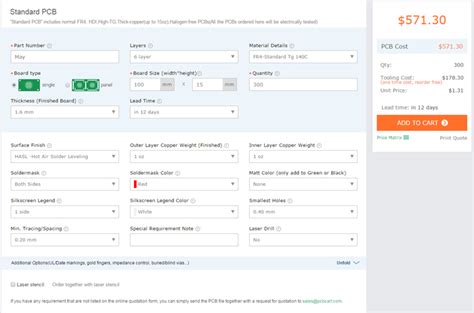
Benefits of Instant PCB Quotes
Instant PCB quoting tools transform how you engage with PCB manufacturing companies by eliminating traditional back-and-forth communication. Instead of waiting hours or days for email responses, you receive real-time pricing that reflects current material availability and production capacity. This immediacy allows you to compare PCB manufacturing costs across suppliers instantly, ensuring you make data-driven decisions without delays.
For businesses managing tight timelines, these tools provide critical visibility into lead times, helping you align prototyping or production schedules with project milestones. Transparent cost breakdowns—covering materials, layer counts, and finishes—prevent budget surprises, particularly when working with specialized boards like thick copper or HDI designs.
Additionally, instant quotes streamline the PCB manufacturing business workflow. Automated systems reduce human error in manual calculations, while integrated order confirmation steps let you lock in pricing and timelines in minutes. This efficiency is especially valuable for startups or teams handling multiple projects, as it minimizes administrative overhead and accelerates time-to-market.
By leveraging these tools, you gain a competitive edge in negotiating with suppliers and optimizing PCB manufacturing budgets—all while maintaining clarity on deliverables and quality expectations.
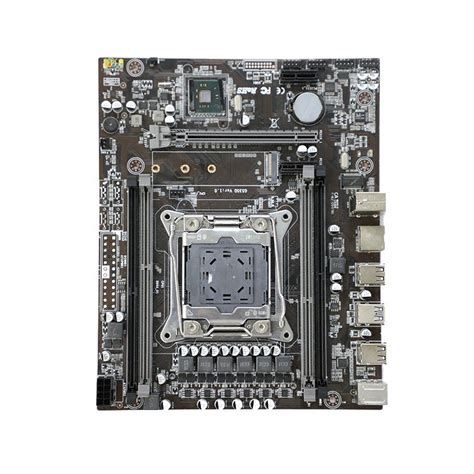
Conclusion
When navigating the complexities of PCB manufacturing, modern online quoting tools empower you to make informed decisions without delays. By leveraging instant pricing calculators, you gain visibility into real-time costs for materials like FR4 or thick copper, while balancing speed and budget for your project. Leading PCB manufacturing companies now integrate these systems to demystify PCB manufacturing cost variables, from layer counts to surface finishes, ensuring transparency at every stage.
For businesses scaling their PCB manufacturing business, these platforms eliminate guesswork by providing immediate lead time estimates and order confirmations—critical for managing tight deadlines. Whether you’re prototyping or optimizing high-volume runs, instant quotes streamline workflows, reduce administrative overhead, and let you focus on design innovation. By adopting these tools, you position your operations at the forefront of efficiency, ensuring every dollar and minute aligns with your production goals.
Frequently Asked Questions
How do PCB manufacturing companies calculate pricing for online quotes?
Most providers use automated systems that analyze board size, layer count, and material specifications. You’ll input parameters like PCB manufacturing cost drivers (copper weight, surface finish) to receive instant estimates.
What makes PCB manufacturing quotes vary between providers?
Differences arise from production capabilities and certification levels. Some PCB manufacturing businesses include hidden fees for UL certification or impedance control, while others bundle these services.
Can online calculators handle complex PCB manufacturing projects?
Advanced platforms now accommodate HDI designs and thick copper boards. For multi-step RFQs, you’ll typically upload Gerber files before finalizing PCB manufacturing cost details with an engineer.
How accurate are lead time estimates in online PCB manufacturing systems?
Real-time tracking integrates factory capacity data, providing 98% accurate projections. You’ll see adjustments if material shortages occur, with options to expedite for 25-40% cost premiums.
Do instant quotes lock in pricing for PCB manufacturing orders?
Most systems hold rates for 72 hours unless material markets fluctuate. You’ll receive email alerts if FR4 substrate costs change before order confirmation.
Ready to Streamline Your PCB Production?
For real-time PCB manufacturing cost analysis tailored to your project, please click here to access our smart quoting portal with enterprise-grade validation tools.

